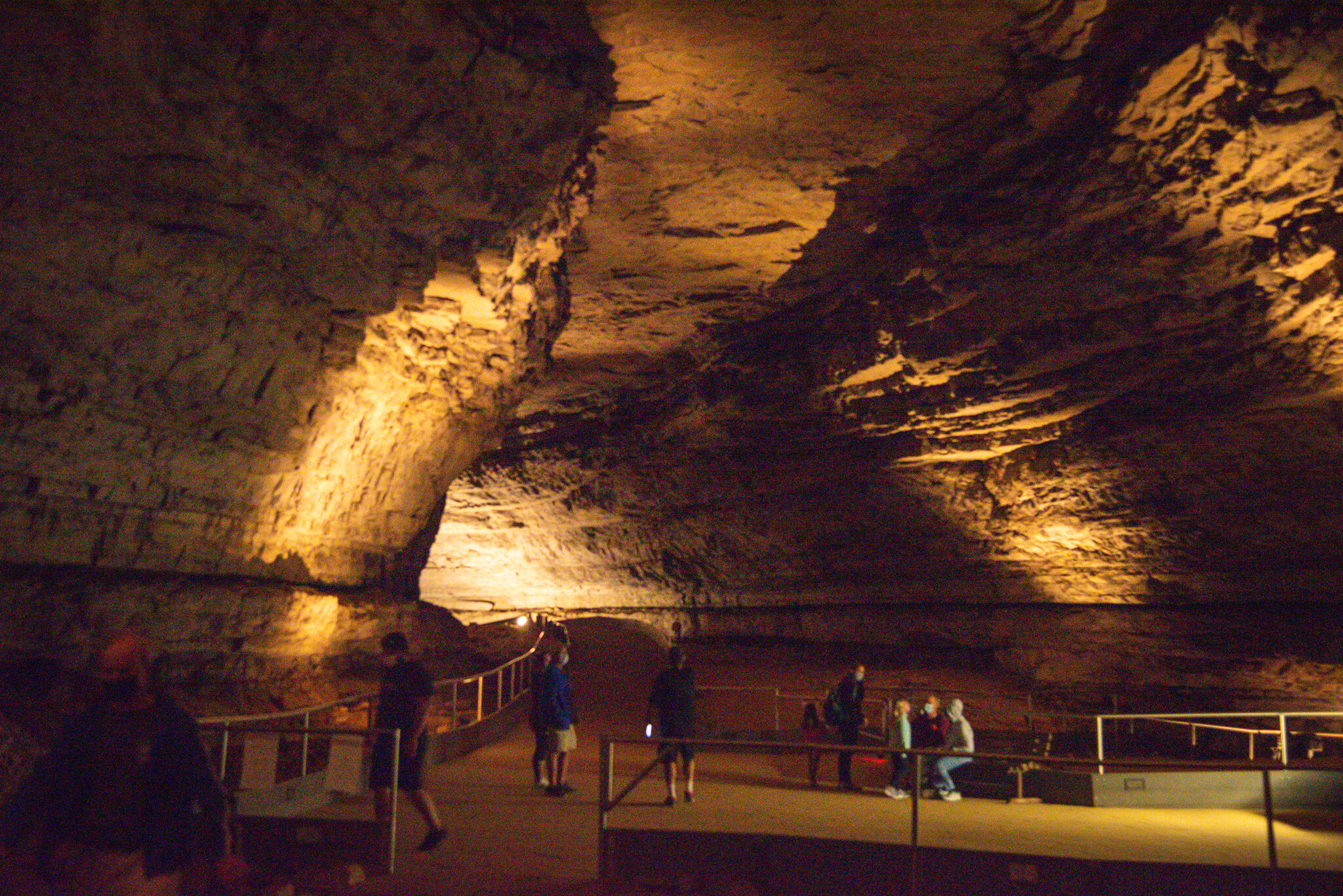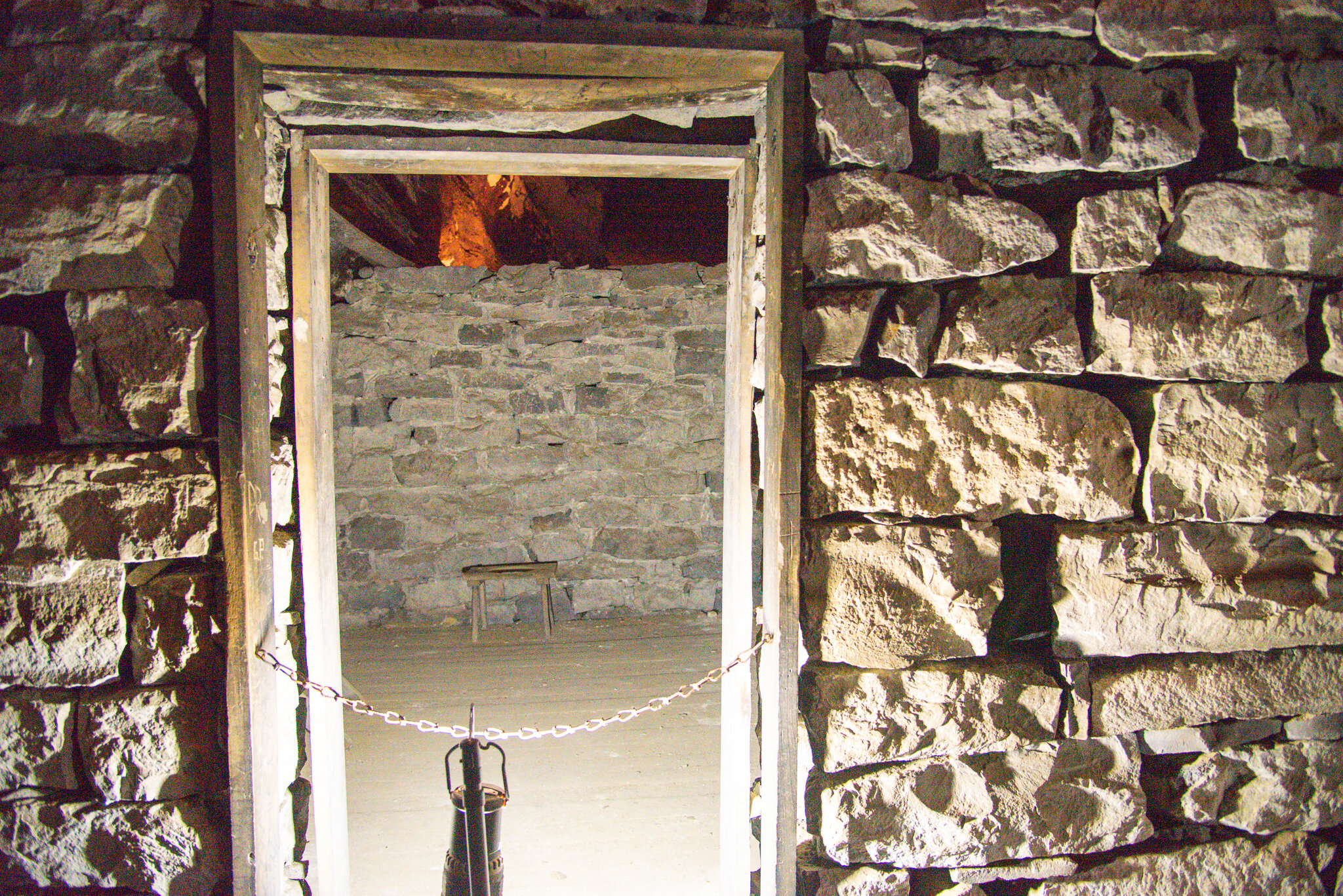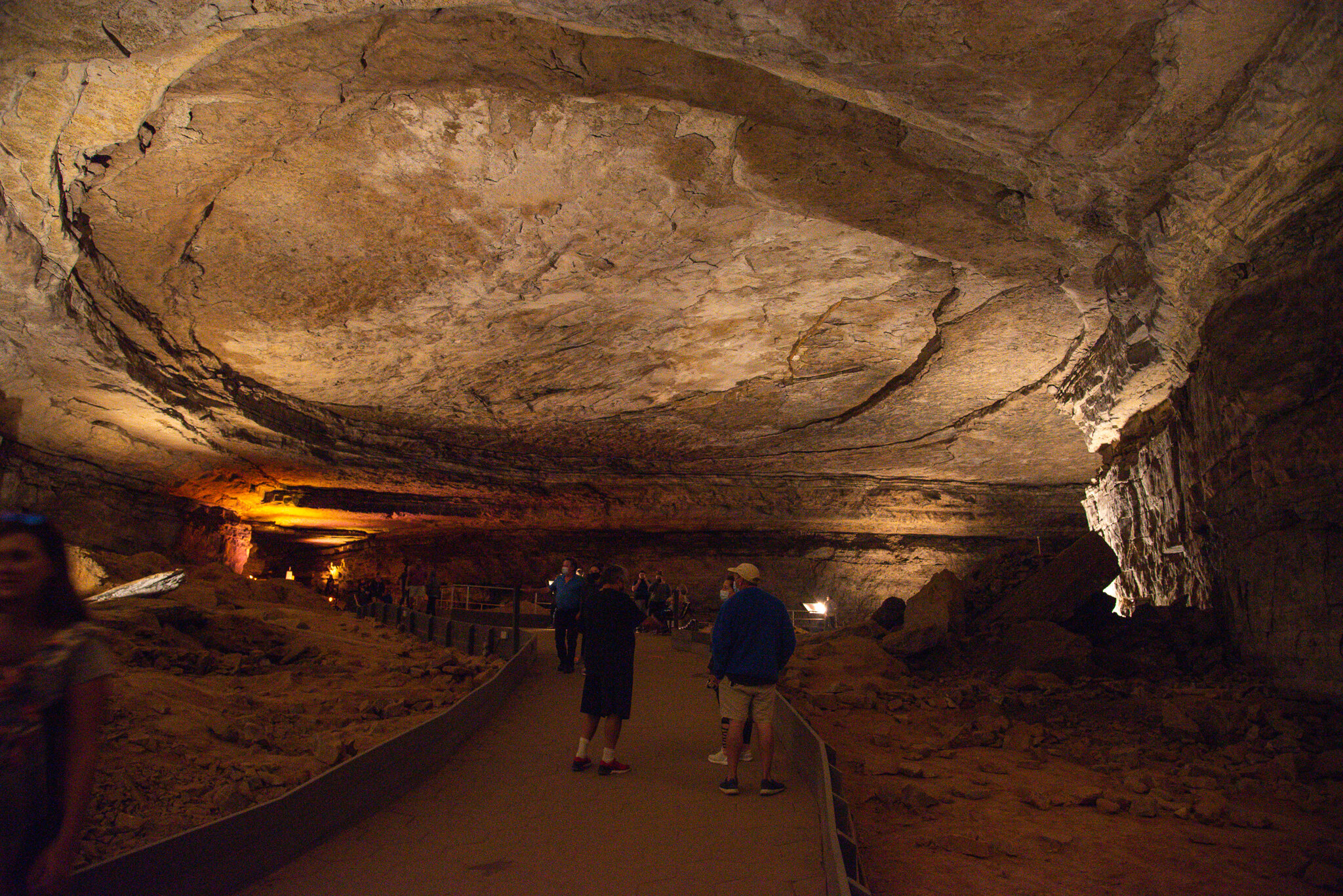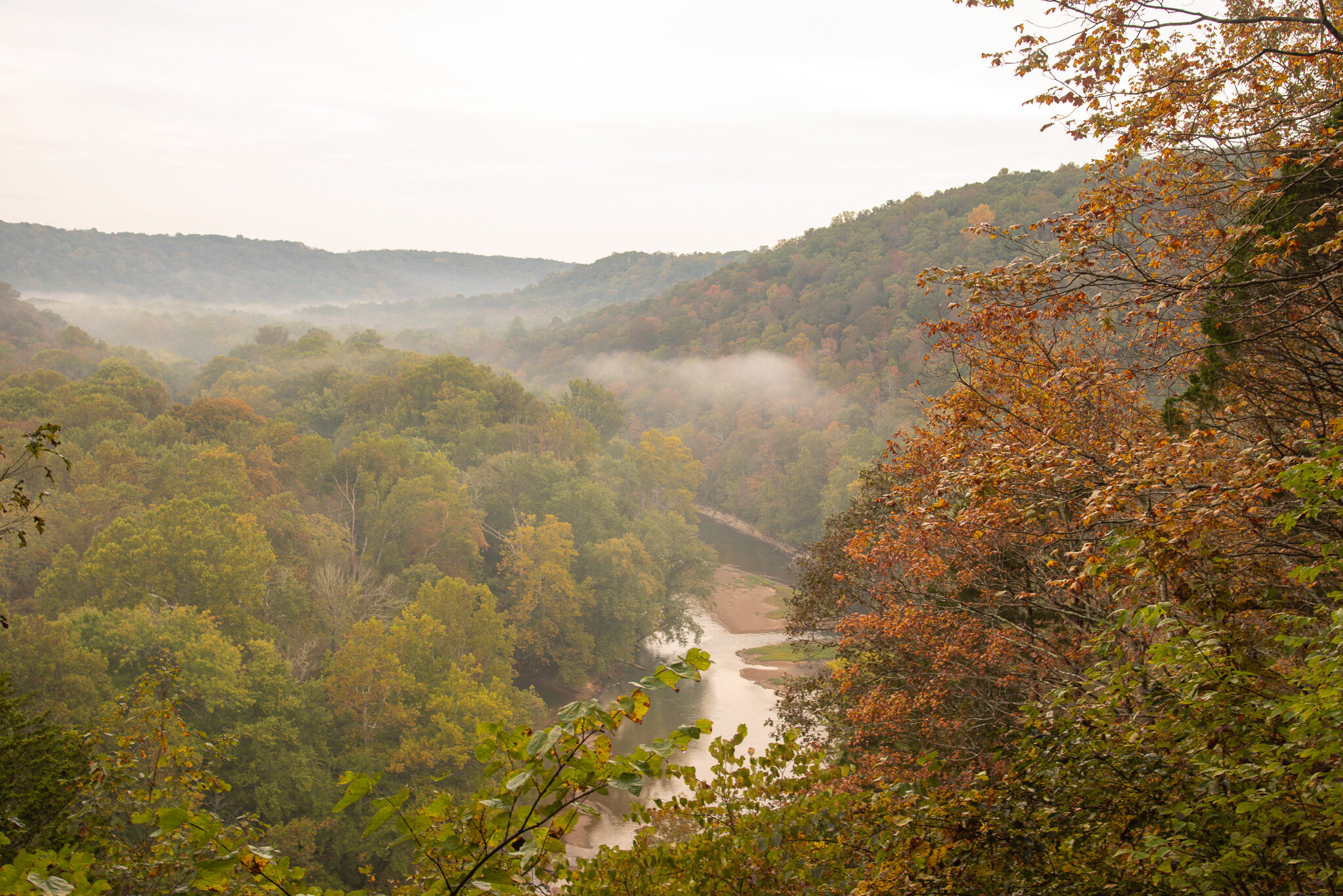A Pandemic Visit to Mammoth Cave National Park
As it turns out, Mammoth Cave was far less terrifying than what I had built it up to be. It’s probably because no actual cave tour is going to be anything near as traumatizing as my amateur cave tour in 2013, which just so happened to be my introduction to caving. In a weird way, it also probably helped that I visited last month, when there was only one single tour being offered due to COVID-19. Instead of having all the options to get stuck in tiny little openings and potentially fall to my death down a large hole or drown in a cave pool, I was forced to choose this one tour. And guess what--it is the safest and most wide-open chambers that they have to offer. Perfect.
Visiting Mammoth Cave National Park for my birthday was my plan A, or even my plan B or C. Because Hurricane Delta was rolling through the Southeast that weekend, though, this is where I ended up. And if caves aren’t your thing, either, then two days is a perfect amount of time for this park.
North Side or South Side?
The park is divided in half by the Green River, which flows east to west through the middle of the park. To the north of the river lies backcountry hiking, a main attraction for horseback riders and mountain bikers. You’ll find the visitor center, campground, and cave entrances south of the river. Normally, there is a ferry that provides easy access from one side to the other, but it was closed for construction this year.
Originally, I had planned to go for a long hike on the northside of the river. However, after speaking with a few park rangers, I found out that ticks run rampant in the backcountry of the park during this time of year. Caves and ticks--what a lovely mix of two of my least favorite outdoor things!! Mammoth Cave really knows how to tug at my heartstrings! I kid, I kid...kinda. But in reality, I totally did throw away my plan to go hike through the tick-infested side of the park. No thanks!
Instead, I stayed 100% on the south side of the river. The campground, visitor center, historic cave entrance, and most trailheads are all positioned conveniently close together. You could easily park your vehicle at your campsite and walk or bike around this side of the park. The quaintness of this park is lost on many of the bigger parks out west.
Historic Cave Tour
As I mentioned earlier, only one cave tour is currently being offered, which is a self-guided tour through the historic entrance. Fifty tickets were up for grabs in half-hour increments. It seemed as though most people spent about two hours in the cave, leading to about 200 people in the cave at a time.
While this seems like a lot of people, the chambers that were open to visitors were extremely cavernous. It quickly became clear to me why this specific tour was the one available: there were no tight walkways, nowhere to fall and get hurt, and ceilings up to three stories tall in places. As far as underground social distancing is concerned, this is the place to be.
Park rangers were stationed at intervals throughout the cave to tell stories and answer questions. One ranger in particular told spooky ghost stories, based on quirky doctors from the 19th century and a creepy tuberculosis hospital experiment. As she spoke, I peeked into the remains of buildings from the underground tuberculosis hospital, and sent up a quick thanks that I live in the age of modern medicine.
The caverns in this part of the cave are absolutely gigantic. All of my worries of claustrophobia or feeling trapped underground dissipated away almost immediately. The cave felt more like a rugged ballroom than anything else. The pathway was easy to follow and relatively well-lit--this was more like an underground nature walk than a caving expedition. Fine by me.
Frontcountry Hiking Trails
The morning after the cave tour, I got up at sunrise in order to be the first person out on the trails. I hiked about three miles, covering the Green River Bluffs Trail, Dixon Cave, River Styx Spring, Sunset Point, and the Heritage Trail. The views won’t blow you away, but it was a nice collection of different geologic sites and evidence of the caves below. Any combination of trails behind the visitor center will be worth your while, but I would recommend making sure you hike down to the river for a view of the water.
Besides the trail system behind the visitor center, Cedar Sinks Trail is another visitor favorite. This trail leads you down into an actual sinkhole, which sounds much scarier than it is! The sinkhole formed ages ago, and has taken on the look of a very fertile gorge. At about 300 feet deep, the one-mile hike is not strenuous.
For lunch, I stopped at one of three picnic tables at Sloans Crossing Pond. The pond has a short, 0.4-mile scenic boardwalk that circumnavigates it, a nice spot to stop and stretch your legs.
For a Longer Visit
While I very much enjoyed my two days in the park, a visit to Mammoth Cave could easily be stretched to a week or longer. When the park is operating regularly, there are dozens of cave tours to keep you occupied. Personally, I would like to go back and see the Frozen Niagara formation, or possibly take a Wild Cave Tour….maybe.
There is also plenty of opportunity for recreation on the water. The Green River is a popular place for canoeing, and would be a nice spot to take the kayaks in the future. The south side also has a bike path that runs parallel along much of the road. Mammoth Cave feels very family-friendly, with plenty of options to keep everyone happy.
And of course, we can’t forget the backcountry trail system. But even with dozens of miles of trails, the true draw of Mammoth Cave National Park is what lies beneath the surface.

















